India has a rich history of folk art forms. One of the popular art forms in the South Indian state of Telangana is Oggu Katha, which portrays the Gods and Goddesses in the form of stories, songs, and music. Oggu Katha is performed and recounts the life stories of Lord Shiva, Berrappa, Komuravelli Mallanna, Yellamma, etc, accompanied by Dolu, harmonium and brass thalas.
This art form is performed primarily by the Kuruma and Yadav communities. They mainly perform as the Mallana, who is a mythical hero of these communities. Along with the cultural association, people of these communities hold up a collective storytelling narrative. It is performed during festivals, weddings, and other special occasions.
Breaking gender barriers: a female Oggu Katha artist
For years, Oggu Katha performances have been dominated by male artists. Although the female character is integral to the narrative, men traditionally dress as women and perform the role. It has been associated with male actors for generations because of the art’s extensive nature of travelling and performing at night.
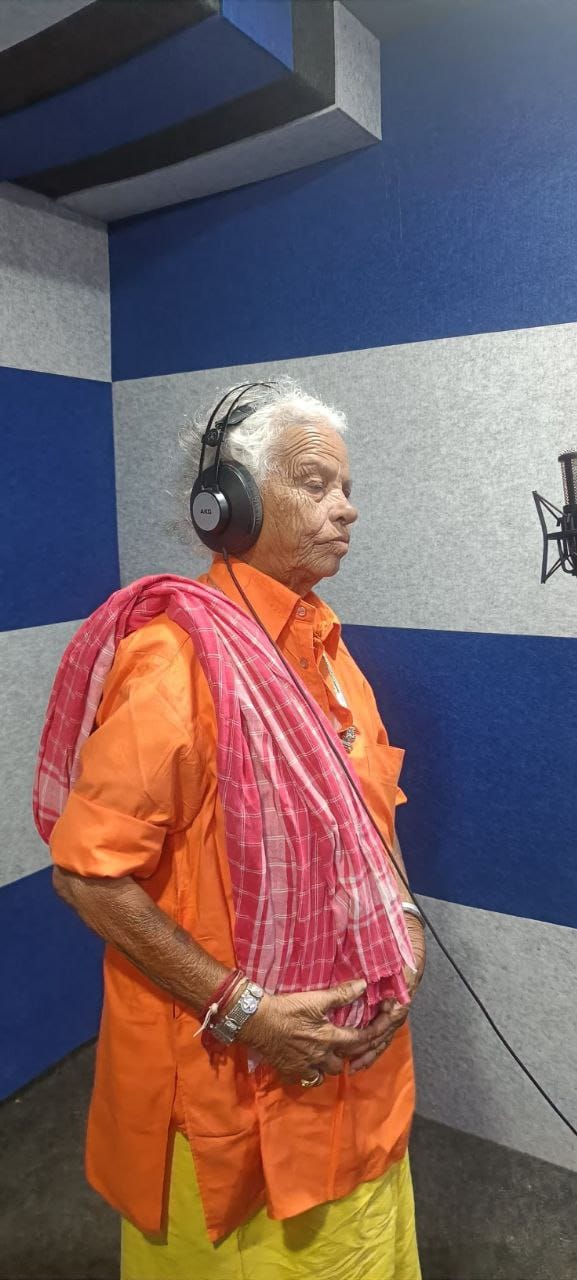
However, one woman has dedicated her life to this art form and won the “Woman Achiever Award” for best female folk artist in Telangana 2020. Jamma Mallari is one of the finest and the only female Oggu katha artist. She hails from the Medipally village, in the Medchal Malkajgiri district of Telangana.
Jamma Mallari’s journey and recognition
Jamma Mallari’s Oggu katha journey began at the age of 11 years. Her father, an Oggu Katha artist himself, served as a primary teacher to her. She learnt the songs, music, and performance by observing and imitating him. She found a deep, fond interest in it as her father would take her along with him to perform in the neighbouring villages.
She reminisces about her childhood and says that the crew has always encouraged her to perform. Eventually, her family became reluctant to let her continue as the profession demands travelling and it might not be safe for a young girl to travel to various places. She says the best part of being an Oggu katha artist is the universal respect she gets irrespective of her gender, and everyone calls her guru.
Oggu Katha is based on the oral narrative traditions of divine stories and songs, which require the artist to enact the nava rasa bhava (nine emotional expressions) to convey the story of a divine figure through songs and music. The Oggu Katha artists do not have formal training, but they learn by observing the veterans’ performance and honing their skills, especially the ragas. The artists not only learn singing, but also learn instruments like Dolu, Kanjira, Rana Bheri, and Cymbals. By using these instruments, they sing the songs.
The artists not only learn singing, but also learn instruments like Dolu, Kanjira, Rana Bheri, and Cymbals. By using these instruments, they sing the songs.
As Mallari is the third of nine siblings, her parents pressured her to get married when she reached a suitable age. However, she refused and expressed her desire to financially and emotionally support her family by continuing her Oggu Katha artistry. Initially, her parents were reluctant, and later on, they provided support for her artistry. They then symbolically married her to God Mallanna, a practice where a nuptial ornament is tied to God Mallana’s sword, signifying her as a god’s wife. Through her Oggu Katha artistic earnings, she supported her other siblings in getting married.
Defying expectations: identity, respect and life as a Oggu Katha guru
The interesting fact about Mallari is that she dresses up as a male artist and gets called by male names. She laughs and says, ‘People call me bapu, and akka,’ and she responds to whichever name they call with. Whenever she travels to different villages to perform, people welcome her to their home to stay, dine and change her dress. She says that she has rarely faced gender-related issues; if any arise, she would assertively counter-question them. She laughs and notes that people are drawn to her bold language and low-pitched voice, and that even men seem hesitant to challenge her.
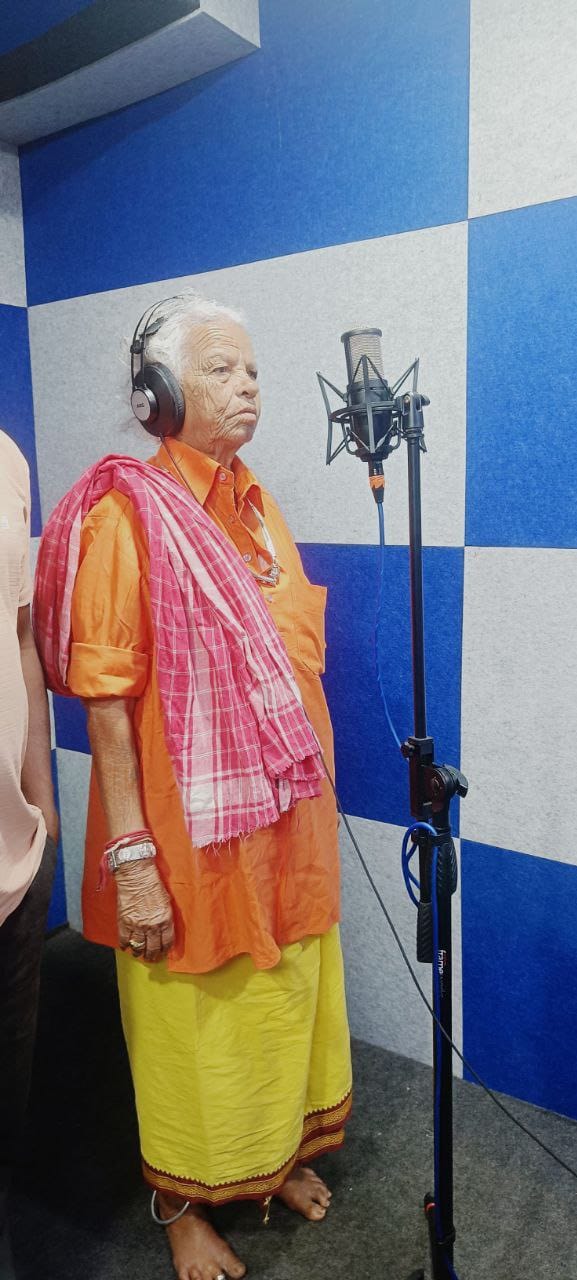
Mallari describes the most satisfying factor of being an Oggu Katha artist as the ability to bring out the genuine emotions in the audience, mirroring the narrative flow of the story. She explains she can make them feel happy, sad, angry, etc. After or before the performance, the audience comes up to her, touches her feet, and seeks blessings by offering money, gifting her clothes, and inviting her to their home for odi biyyam (a traditional ceremony performed for married couples with turmeric rice). In her words, ‘they respect me like their guru, with heartfelt sincerity.’
A mission for the revival of the Oggu Katha art
When questioned about the efforts to preserve the Oggu Katha art, Mallari responds that they have not specifically taken up preservation projects as such. Instead, they have focused on consistently performing in various places. She believes that, after witnessing their performance, people would like to join their crew, although she acknowledges the irregular numbers. She emphasises the urgency of revitalising this dying art, stating that women, in particular, should learn it to ensure its transmission to future generations through their children.
She recounts that several girls have attempted to join the crew but eventually left, often due to marriage. Despite her encouragement, they pursued other paths. She, however, remained committed to this art, laughs and humbly jokes by telling others that she knows nothing about Oggu Katha performances.
Now, at 80 years old, she is unable to perform. Her journey, which began as a personal interest, has turned into a mission of bringing more women into the art form. She believes that Oggu Katha empowers individuals and earns them the respect accorded to divine figures. She confirms that women face no danger in this profession, but only immense respect. However, their efforts to recruit and retain female artists were shattered by the reality of women leaving to get married.
She confirms that women face no danger in this profession, but only immense respect. However, their efforts to recruit and retain female artists were shattered by the reality of women leaving to get married.
When asked for recommendations for the revival of Oggu Katha, Jamma Mallari emphasised that the decline affects not just Oggu Katha but all folk art forms. She suggested several strategies to ensure their survival for future generations. These include:
- Documentation: Comprehensive documentation of all art forms.
- Education: Incorporating these art forms into school and college curricula and integrating them into theatre groups.
- Awareness: Raising awareness about the rich cultural heritage passed down through oral narratives.
- Financial Support: Providing financial assistance to learners and demonstrating the potential for a professional career in these arts.
- Accessibility: Highlighting the fact that Oggu Katha does not require formal musical training, as the stories of Mallanna can be effectively conveyed through unique narration.
She expressed confidence that implementing these measures would help restore Oggu Katha’s former prominence.
References:
Mehta, Rutanshi. Oggu Katha: the art of telecentric narration in folk music. Historified, Jan 2, 2025. Accessed on March 3, 2025
Jamma, Mallari. 2025. A phone call conversation with Mallari, 05-01-2025

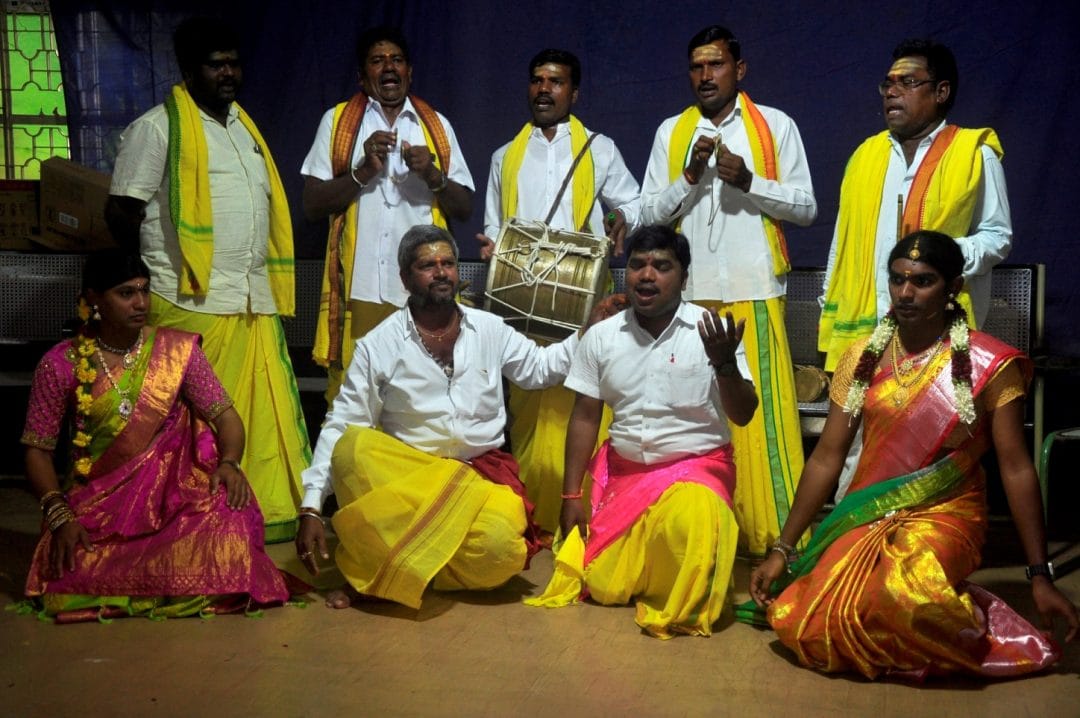

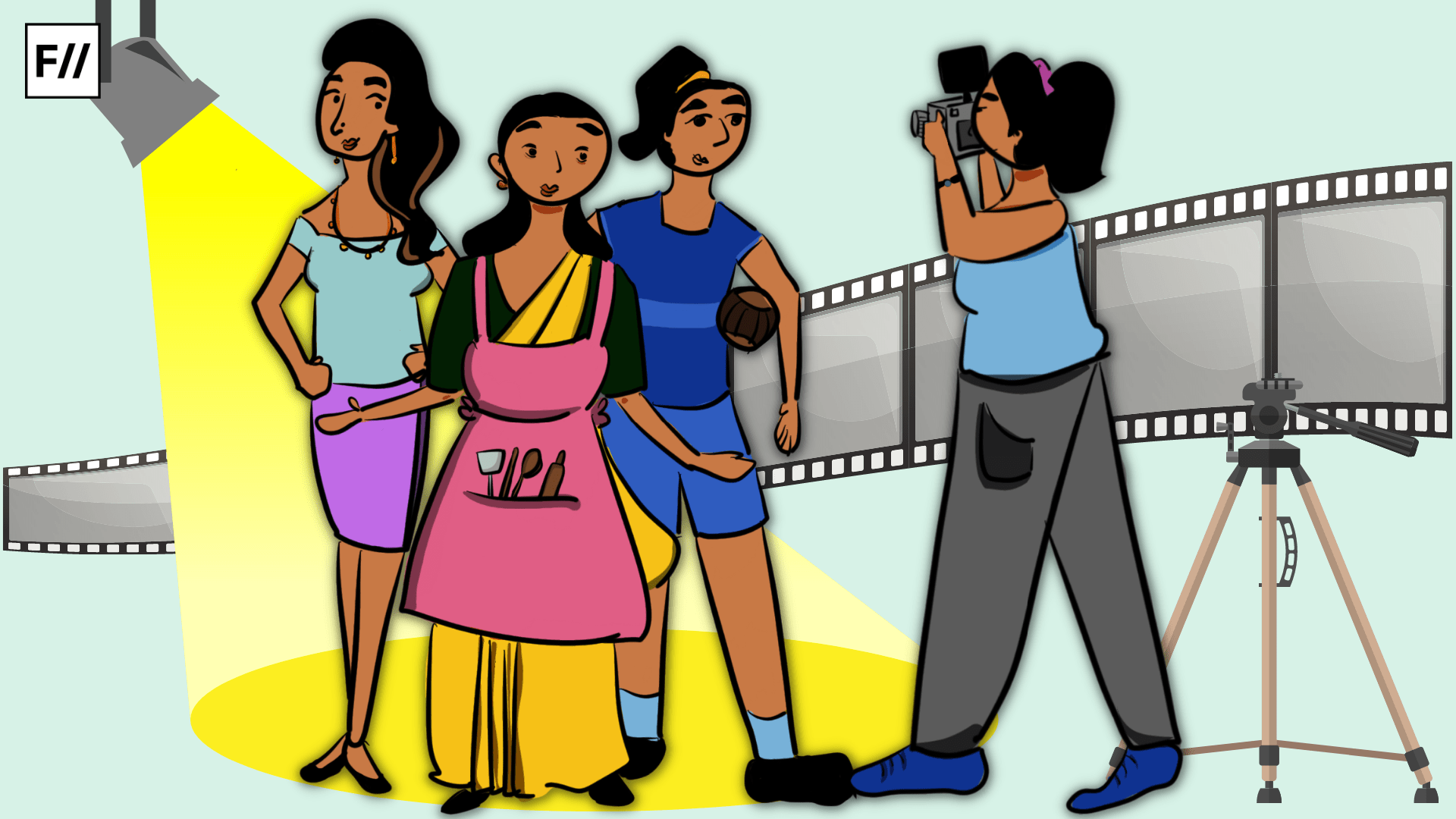

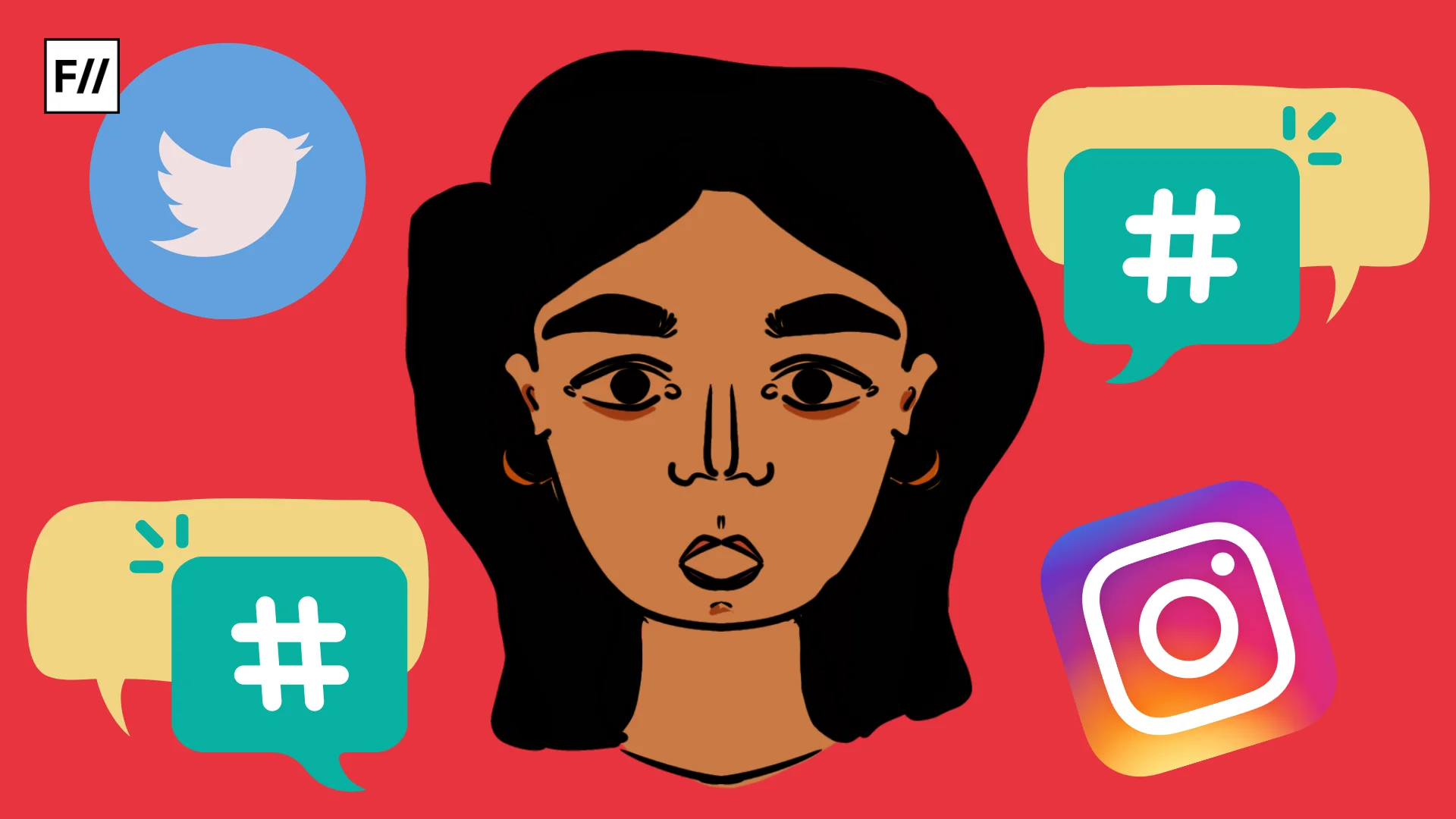

“Your article was not only well-researched but also beautifully written. The clarity of thought, depth of insight, and engaging style truly reflect your talent as a writer. Thank you for sharing your words and making a meaningful impact through your writing.” Great work akka,
From amme Mythili law frds….
“Your article was not only well-researched but also beautifully written. The clarity of thought, depth of insight, and engaging style truly reflect your talent as a writer. Thank you for sharing your words and making a meaningful impact through your writing.” Great work akka,
From Mythili law frds